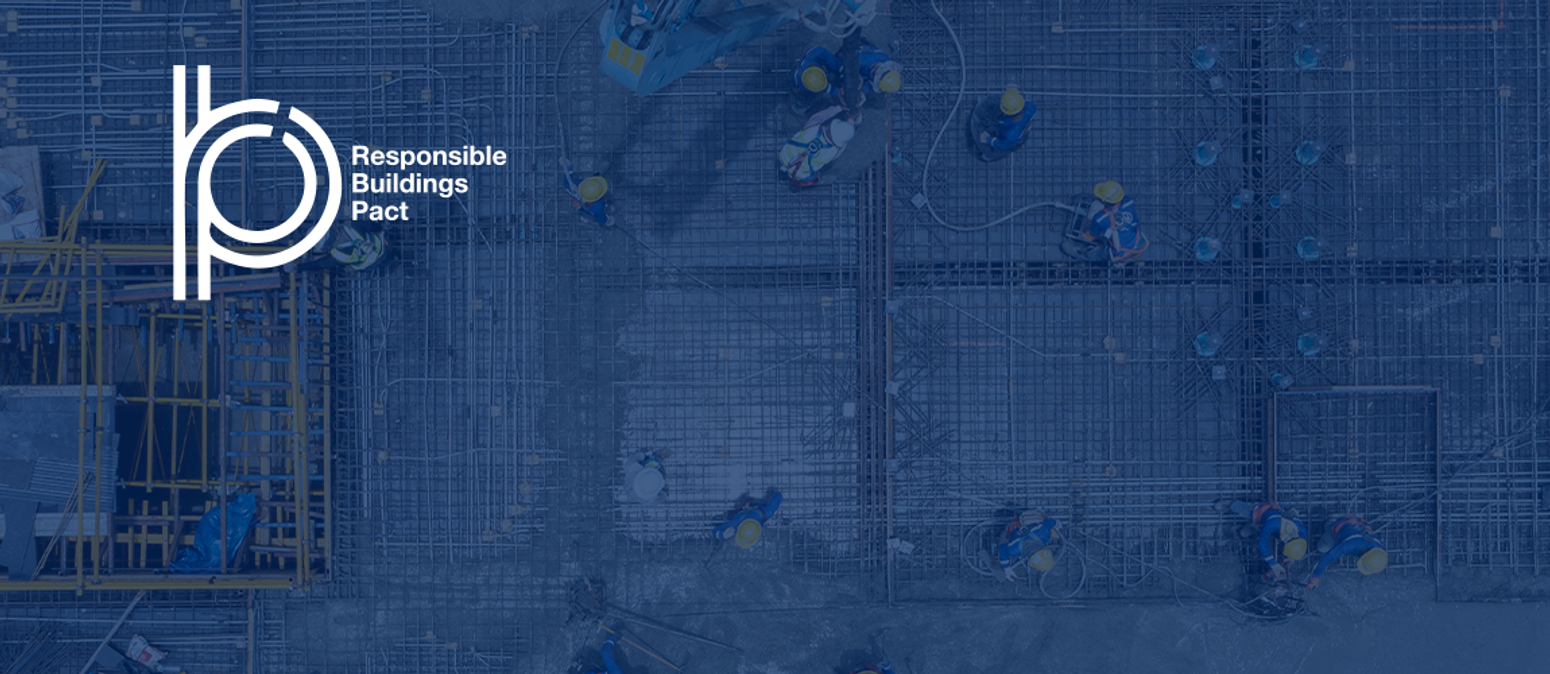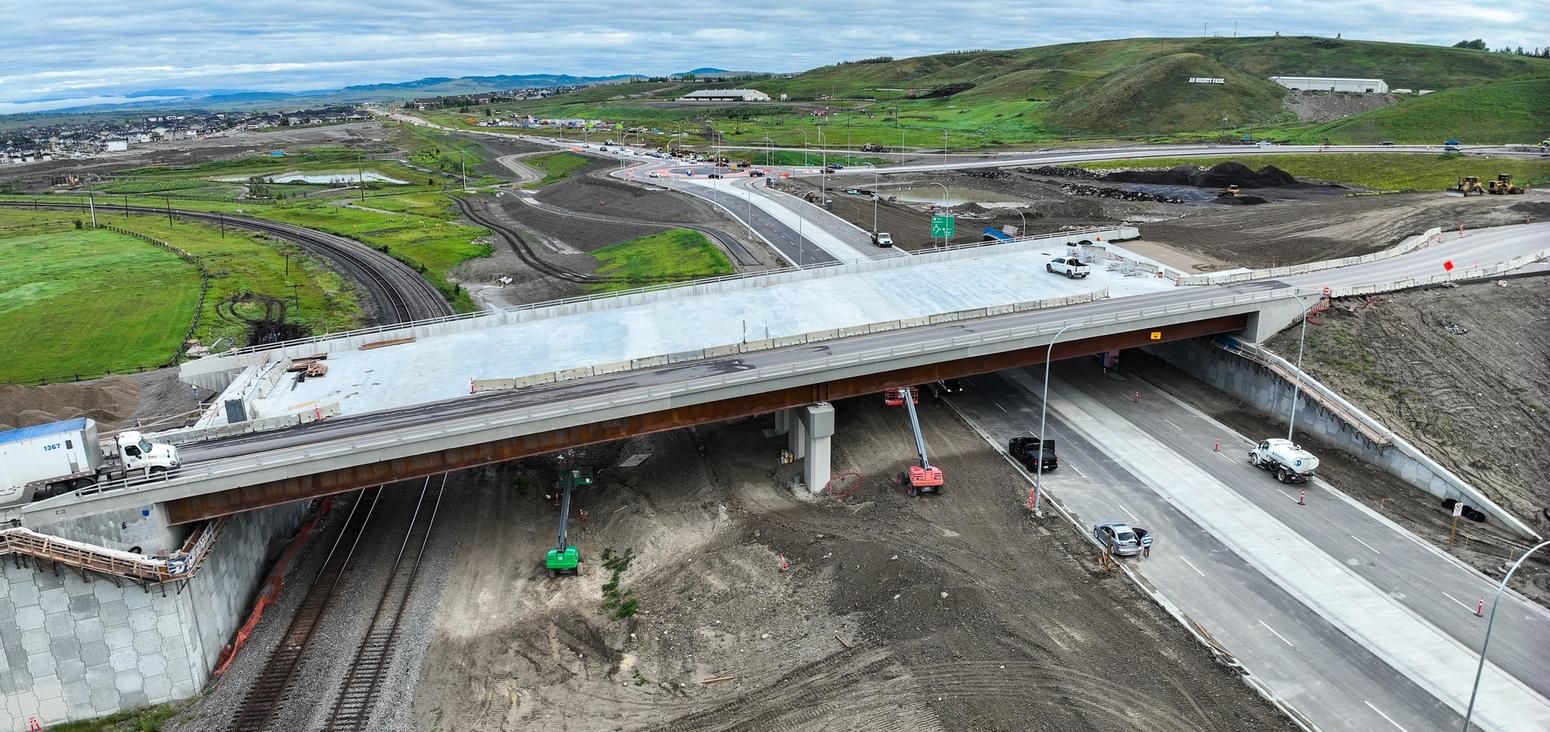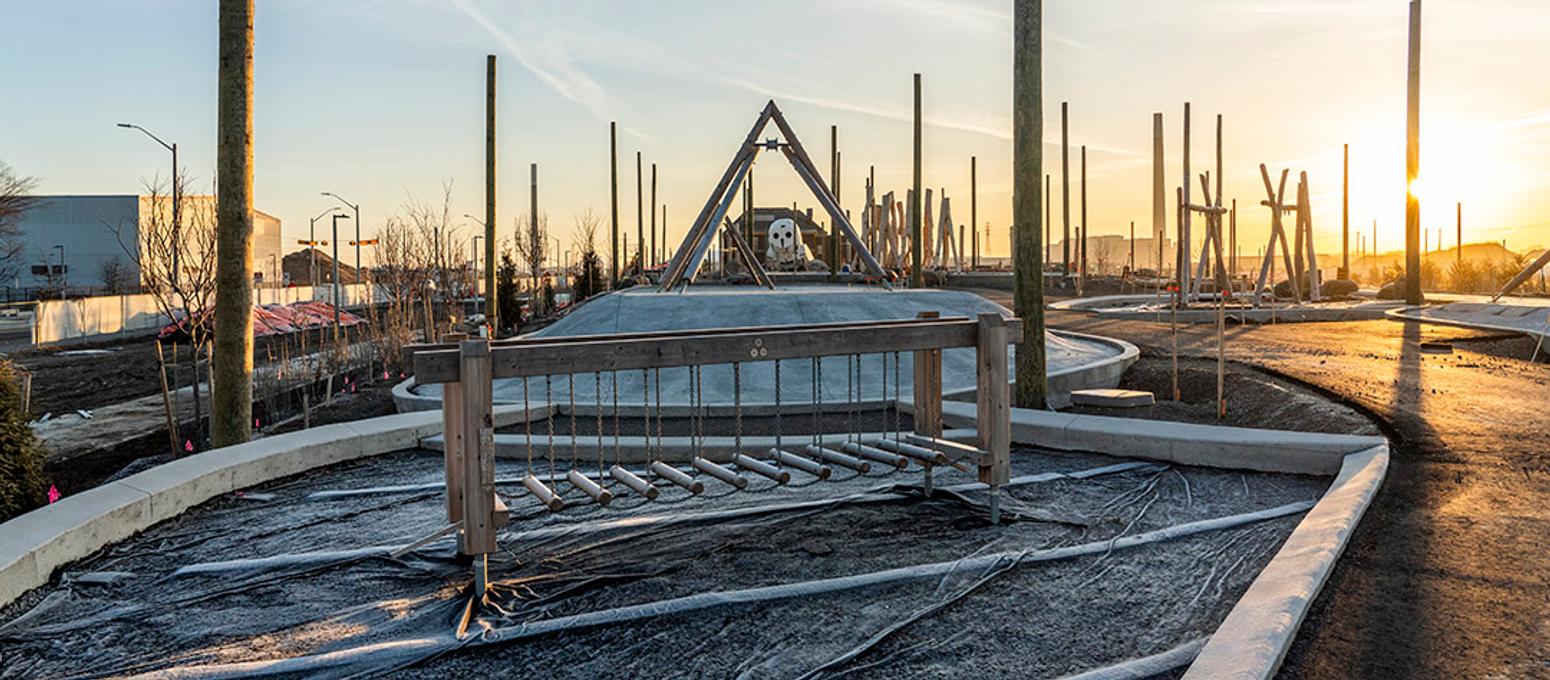News
Responsible Buildings Pact: Year One Report Highlights Major Advances in Low-Carbon Concrete Adoption
MISSISSAUGA, ON —July 2, 2025 —The Climate Smart Buildings Alliance (CSBA) has released the first annual report of the Responsible Buildings Pact, a cross-industry agreement designed to accelerate the adoption of low-carbon building materials in construction projects across Canada. Founded in 2023 by EllisDon Corporation, Mattamy Homes, and RBC, CSBA aims to lead and accelerate the building sector’s transition to net zero. Since launching, the Alliance has expanded to include AtkinsRéalis, Wesgroup, CIBC, DIALOG, and PCL. Launched in June 2024, the Responsible Buildings Pact establishes a shared governance mechanism among signatories—developers, architects, engineers, and consultants, who commit to implementing internal processes that evaluate whether lower carbon materials can be used in their projects. Participants agree to report annually on their evaluations and, where feasible, adopt or recommend low-carbon alternatives.
Sponsored and spearheaded by the Climate Smart Buildings Alliance, the pact is governed by a steering committee composed of multiple organizations. In its inaugural year, signatories focused on implementing a consideration process only for concrete.
“We appreciate that in today market it’s hard to use low carbon concrete in every application, but there are instances where it does make sense,” said David Messer, Executive Director, Climate Smart Buildings Alliance. “The Pact emphasizes companies adopting processes to consistently explore opportunities for lower carbon options and sharing findings with peers. As more companies use lower carbon materials where it makes sense, the increased demand will drive innovation and bring costs down, helping low carbon materials make sense in even more situations."
2024-25 Pilot Year Results
The 2024-25 annual report reflects insights from 25 participating organizations, each of which integrated a review process focused exclusively on concrete, a major contributor to embodied carbon in buildings.
“In the first year of the Pact, the focus was solely on concrete as a target material. Companies aimed to integrate a process within their standard operations to assess projects for opportunities to use low carbon concrete. Where feasible, based on factors such as availability, affordability, and performance, companies committed to adopting the lower carbon material or recommending it to clients,” said Messer. “Change management within large companies takes time. In this initial year, all participants committed to implementing the consideration process on five projects, although some did more or less based on project schedules. Overall, the response in our first year has been very exciting.”
Key insights found in this year’s report:
- 109 projects were assessed using the new consideration process.
- Signatories reported avoiding over 60,000 tons of greenhouse gas emissions; equivalent to taking 13,000 cars off the road for one year.
- The most successful applications were in below-grade uses, such as foundations and slab-on-grade concrete, where extended curing times are more manageable.
- Almost 2/3 of companies reported that the cost premium for lower-carbon concrete was 0-5%.
- Larger projects, benefiting from economies of scale, were more likely to successfully adopt larger volumes of low-carbon concrete.
“The data demonstrates a direct link between project scale and the enhanced business case for lower carbon concrete. Larger projects which benefit from bulk purchasing had an easier time deploying more low carbon concrete,” noted Messer.
Looking Ahead: Year 2 Expansion
In its second year, the Pact will expand its scope beyond concrete to include bulk steel elements such as rebar and siding. The Pact also aims to bolster its membership, currently consisting of 40 signatory and supporter organizations.
“The pilot year has demonstrated a practical approach for companies to enhance their sustainability efforts and change the industry procurement culture in alignment with their peers,” said Messer. “We’ve had 40 companies sign on to this initiative so far, and in the next year we aim to increase participation to 100 organizations. We’re also actively working with the supply chain to develop standard practices that prioritize lower carbon solutions by default whenever they make business sense.”
For media inquiries, please contact:
David Messer
Executive Director
Climate Smart Buildings Alliance
david.messer@buildingsalliance.ca
(437) 777-3420






